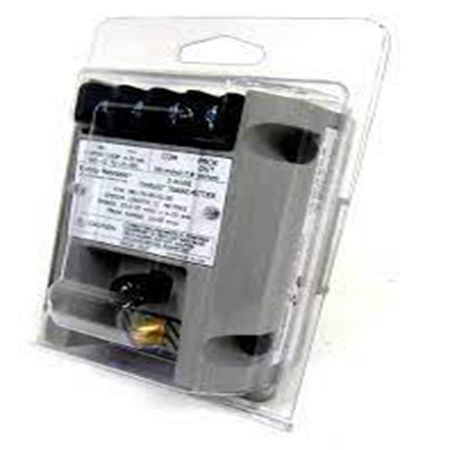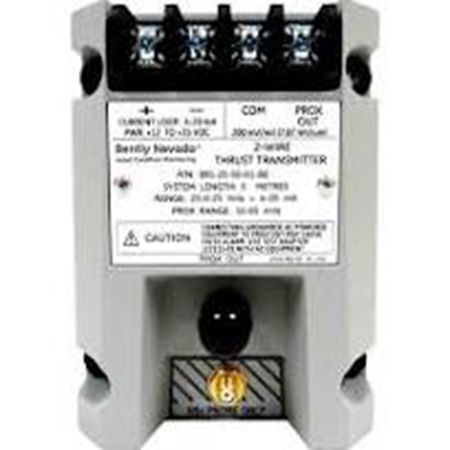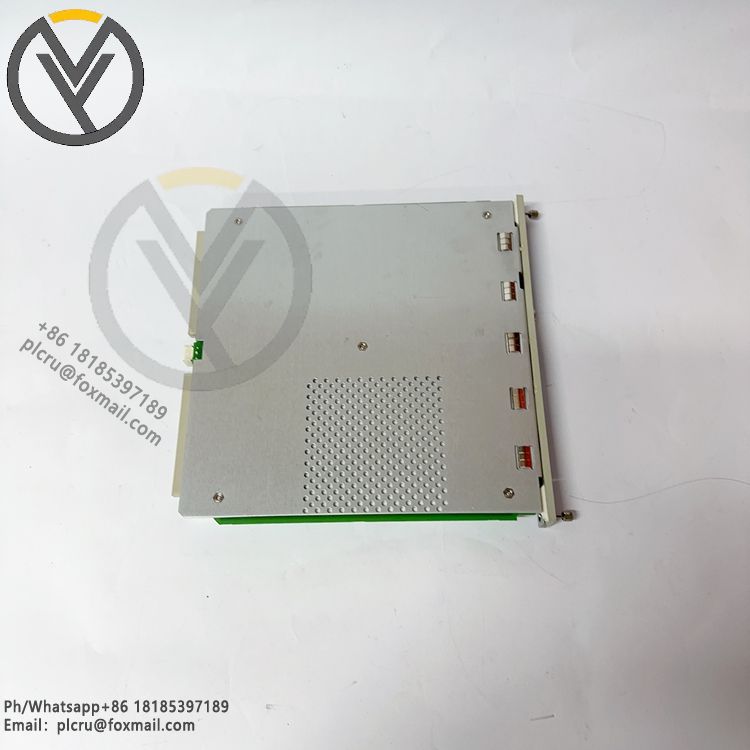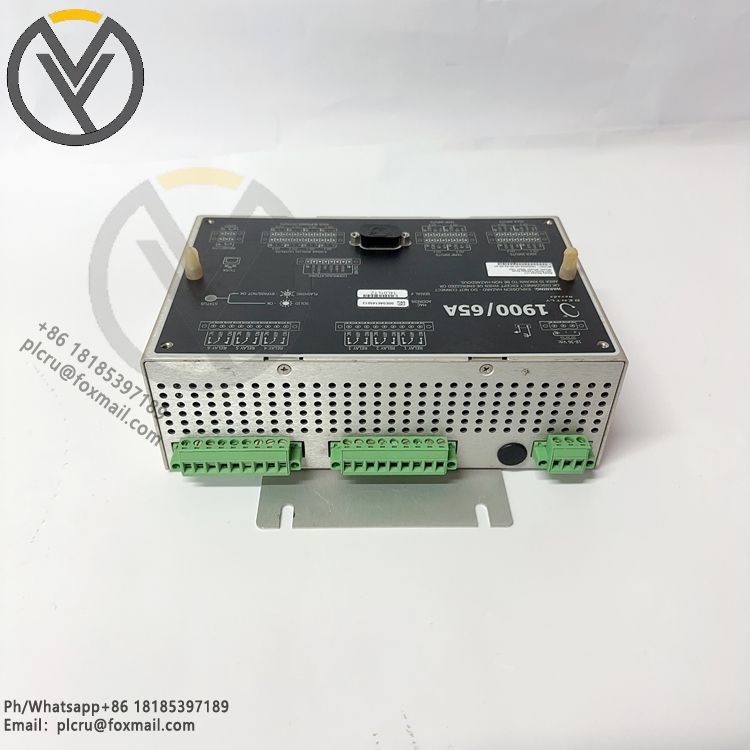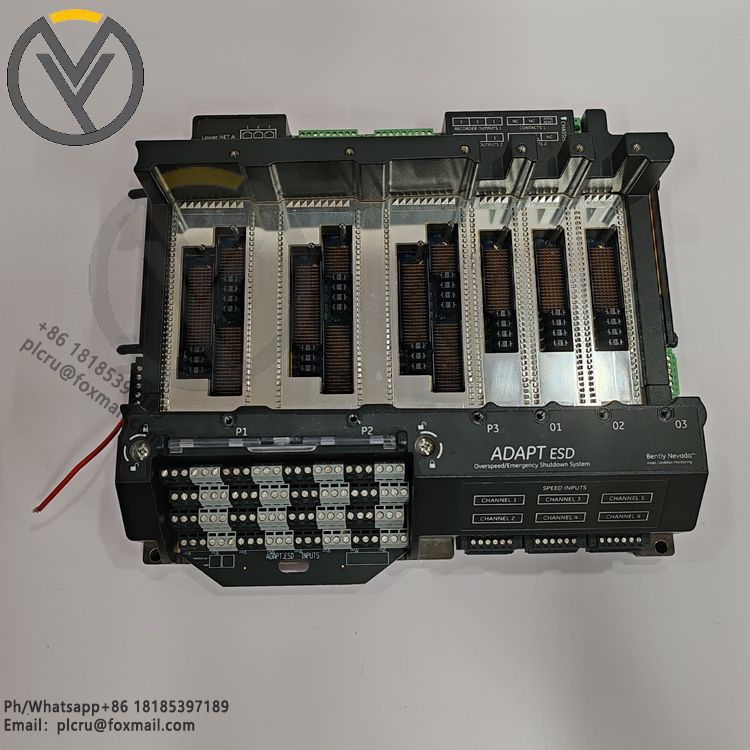
BENTLY NEVADA 21000-28-05-15-012-04-02 Proximity Probe
Delivery time 3 days
Product origin New/used
Email plcru@foxmail.com
Mobile/wechat /WhatsApp +86 18185397189
BENTLY NEVADA 21000-28-05-15-012-04-02 is an eddy current proximity probe produc
BENTLY NEVADA 21000-28-05-15-012-04-02 is an eddy current proximity probe produced by Bently Nevada. It belongs to its classic 3300 series sensor system and is mainly used for non-contact measurement of parameters such as shaft vibration and shaft displacement of rotating machinery. The following is a detailed analysis of this model:
Model code analysis
The parameters of each part can be clearly identified through the model segmentation:
21000: Product series identification, belonging to the Bently 3300 series proximity sensor system.
28: Probe type, indicating that the 3300 XL 11mm probe (diameter 11mm) is used. Compared with the 8mm probe, the 11mm probe is suitable for larger shafts or scenarios that require a larger measurement range, and the measurement linear range is wider.
05: Probe cable length, which is 0.5 meters (20 inches). The short cable is suitable for scenarios where the probe is installed close to the preamplifier to reduce signal attenuation and interference.
15: Installation accessories, indicating that it is equipped with a 1.5-inch support adapter. The support adapter is used to adjust the installation angle and position of the probe to ensure that the probe is perpendicular to the surface of the measured shaft and improve the measurement accuracy.
012: Probe penetration (insertion depth), which is 1.2 inches. This size needs to be designed according to the equipment installation space to ensure that the distance between the probe tip and the measured shaft is within a reasonable measurement range.
04: Connector type, configured as a 3/4 - 14 NPT plug. This connector is a standard threaded interface with good sealing and is suitable for electrical connections in industrial environments.
02: Mounting thread, which is 3/4 - 14 NPT, matches the connector type, and is easy to fix on the equipment bracket through threads to ensure installation stability.
Core technology and function
Working principle: Based on the eddy current effect, the internal coil of the probe generates a high-frequency alternating magnetic field. When the metal shaft to be measured approaches, the shaft surface induces eddy currents and generates a reverse magnetic field, causing the inductance of the probe coil to change. The change is processed by the preamplifier and converted into a voltage signal proportional to the shaft displacement (usually -20V to 0V DC) to achieve non-contact measurement.
Measurement parameters: Mainly used to monitor the shaft relative vibration (amplitude), shaft displacement (axial position), key phase (speed synchronization signal) of rotating machinery, etc., to provide key data for equipment status monitoring and fault diagnosis.
Performance characteristics:
Large linear measurement range (11mm probe is usually about 2mm), high accuracy (error ≤1%);
Strong anti-interference ability, not affected by environmental factors such as oil, dust, etc.;
Fast response speed, can meet the real-time monitoring needs of high-speed rotating machinery (such as turbines, compressors).
Hardware and installation details
Probe structure:
The shell is made of stainless steel, which is highly corrosion-resistant and suitable for harsh industrial environments;
The probe tip is made of high-frequency insulating material to ensure stable emission of the electromagnetic field.
System matching: It needs to be used with Bentley 3300 series preamplifier (such as 330102 model), which amplifies the probe signal and converts it into standard output (such as 4-20mA or voltage signal) and connects to the monitoring system (such as Bentley 3500 series rack).
Installation requirements:
The initial installation gap between the probe and the shaft surface needs to be adjusted according to the manual (usually 1.0 - 1.5mm) to ensure that it is in the linear measurement range;
The support adapter needs to be firmly installed to prevent the probe from loosening during vibration and affecting the measurement accuracy.

